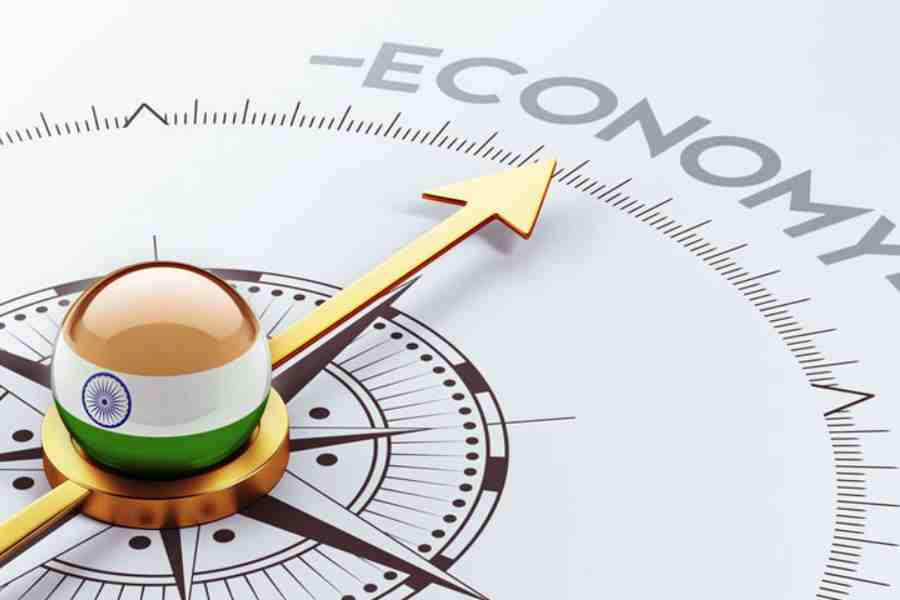Free Courses Sale ends Soon, Get It Now


Free Courses Sale ends Soon, Get It Now



Copyright infringement not intended
Picture Courtesy: www.telegraphindia.com
Context: The RBI has revised the current fiscal year's growth forecast to 7%, citing recovery in domestic demand, global economic improvement, and vaccination progress. However, inflationary risks, driven by supply-side factors, pose a threat to the Goldilocks Effect, with the RBI warning that inflation may persist above its target range of 2-6%.
Details
Goldilocks effect
Examples of the Goldilocks effect in different contexts:
Conclusion
|
PRACTICE QUESTION Q. How does the Goldilocks effect relate to economics and monetary policy? A) It describes the ideal inflation rate for economic stability B) It signifies the preference for gold as a standard currency C) The optimal interest rate to maintain economic growth without causing inflation or recession D) The fluctuation of gold prices in the market Answer: C Explanation: In economics, the Goldilocks effect can be applied to the optimal interest rate that fosters economic growth without leading to inflation or recession. It represents the balance or "just right" conditions for a stable economy. |
© 2024 iasgyan. All right reserved